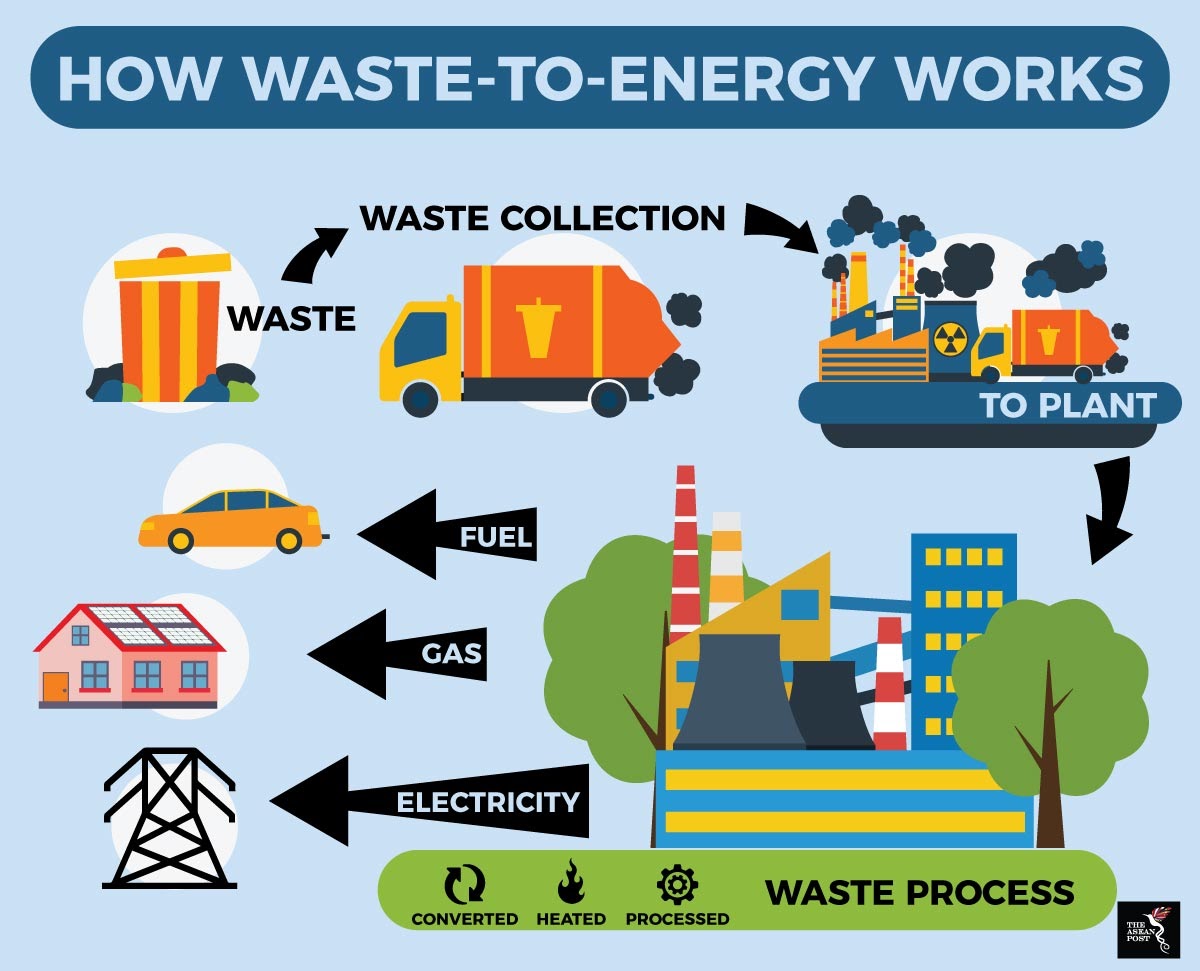Processes Used To Turn Waste Into Energy
During the wake of the massive energy crisis processes like waste into energy technologies is rising which hold the potential to generate renewable energy from waste matter, including solid waste, industrial waste, agricultural waste, and industrial byproducts.
How does the process of WtE work?
[explainer id=3358] The process includes combusting of waste at high temperatures and afterwards using the heat generated to make steam. Then it is used to run a turbine that produces electricity. But the industrial waste is not used in this process since it is toxic. Only the waste from households, agricultural sector or light industries is the one used as an intermediary product in the waste to the energy transformation process.

1) Gasification
Gasification is one of the most famous thermal technologies that efficiently convert low-value feedstocks into high-value products. This process produces a clean energy source for baseload electricity, fertilizers, fuels, and chemicals, which help countries to be less dependent on natural gas and imported oil.
2) Depolymerization
Plastic waste is one of the biggest waste problems that our planet is facing. Luckily, depolymerization is the solution. It is because this process converts waste into liquid energy carriers like fuel oil. One significant advantage of depolymerization is that it turns all heavy metals in the waste into stable oxides.
3) Pyrolysis
[explainer id=3358] Pyrolysis is a thermal process that degenerates organic material without the use of oxygen it also reduces the level of carbon emissions. Nowadays, this process has been used in bio-mass to produce bio-oil.

4.Incineration
Incineration is the most common method of wte. It is performed by burning organic waste. The heat that is produced throughout the combustion process is used to turn water into steam to power turbine to generate electricity.

5.Fermentation
Fermentation is a process that uses yeast and other natural microorganisms to generate ethanol. It comprises a series of chemical reactions like hydrolysis, distillation etc.
Due to the increasing demand for energy, population, consumerism, waste management has become a crucial phase of Sustainable Energy Development.
Therefore, converting waste into energy is a benefit that can help both the environment and standard of living.
Sources:
https://www.toppr.com/bytes/waste-to-energy/
https://theaseanpost.com/article/turning-waste-energy-philippines?amp
https://www.anthesisgroup.com/national-infrastructure-assessment-2018/
https://biofuelnet.ca/about-biofuels/infographics/
Check also:
Renewable Energy Implementation Support

